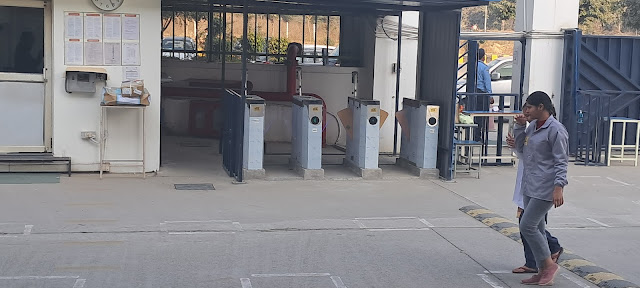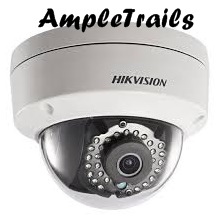Access Control and Time Tracking with RFID
"Access Control and Time Tracking with RFID" refers to a system that uses radio-frequency identification (RFID) technology to control access to certain areas of the workplace and track employee time and attendance. RFID technology uses radio waves to communicate between a reader and a tag or card that is carried by an employee. The tag or card contains a unique identification number that is used to authenticate the employee and grant or deny access to certain areas.
One of the main advantages of using RFID for access control and time tracking is its convenience and ease of use. RFID tags and cards do not require physical contact with the reader, making it easy for employees to clock in and out or gain access to restricted areas. This eliminates the need for manual timekeeping or key-based access control, which can save time and reduce errors.
Another advantage of RFID-based systems is their security. RFID tags and cards can be encoded with unique identification numbers that cannot be replicated, making it difficult for unauthorized individuals to gain access to restricted areas or clock in and out as someone else. This helps to prevent time fraud and ensure that all employees are paid for the hours they have worked.
In addition to time tracking and access control, RFID-based systems can also be used for other purposes such as inventory management, tracking the movement of goods and assets within a facility, or monitoring the location of employees in real-time, which can help to improve safety and security.
Moreover, RFID-based systems can also be integrated with other software systems, such as HR, payroll, or scheduling software, which can automate the process of calculating employee hours and generating payroll. This makes it easy for businesses to manage their workforce and ensure that all employees are paid accurately and on time.
Overall, RFID-based access control and time tracking systems are a convenient and secure way to manage employee time and attendance, and control access to restricted areas. As RFID technology continues to evolve, we can expect to see even more advanced solutions emerging in the future.

